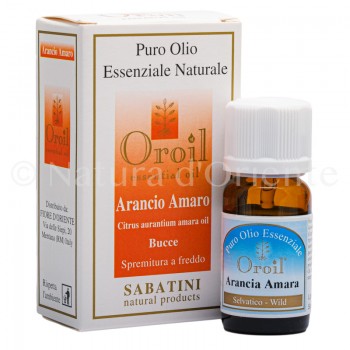Ginger essential oil has excellent disinfectant properties, it is also an effective pain reliever, but above all a less common property compared to many other essential oils is that of being an effective antinausea.
The plant and the production of essential oil
The plant from which ginger is obtained is called Zingiber officinalis and belongs to the Zingiberaceae family which among its over 1300 species includes many aromatic plants with medicinal properties. The most interesting part of the plant is the rhizome (a modification of the stem of the plant that swells and assumes a reserve function) fleshy underground, from which branch off long and hollow stems and scapes (flowering axes without leaves) with yellow flowers - greenish with purplish spots. Ginger is used a lot both in traditional medicine and in cooking and the part used is always the rhizome. The essential oil is obtained from the steam distillation of the rhizome which is sometimes commonly and improperly called ginger root precisely because it is underground and at the base of the plant, but as we have seen the rhizome is a part of the stem, the roots are below.
Properties of ginger essential oil
The most particular property, which is not easily found in other essential oils, of ginger essential oil is that it is an effective anti-nausea both for the discomforts associated with passive movement ( motion sickness and the like) and to counteract the nausea caused by hormones in the first months of pregnancy. Other attributed properties are disinfectant and pain-relieving ones, the former would help especially in cases of respiratory tract diseases, while the latter would be effective on rheumatic and muscle pain but also against headaches,
Topical use of ginger essential oil
The topical use of ginger essential oil is similar to that of all other essential oils, it should never be used absolute, it can be mixed with other essential oils and it can be used added to massage creams and lotions. When it is used in massages, it gives a sensation of heat, this is due to the rubefacient action, i.e. it draws blood towards the superficial layers of the skin (which therefore turns red and hence the name), this lightens then the underlying tissues from the pressure of the inflammation and the feeling of relief probably comes from this. Therefore an oil massage to which ginger essential oil has been added can also be indicated to improve circulation. A massage on the abdominal area instead would help in case of slow digestion. As for its use as an anti-nausea when travelling, you can pour a few drops on a cotton ball or handkerchief and smell it from time to time, or you can simply smell it from its container.
The use of ginger essential oil in aromatherapy
In aromatherapy, ginger essential oil is used for its antibacterial properties which disinfect the air in the rooms and in case of stuffy nose and mucus it helps to clear the airways.< /p>



 By buying this product you can collect up to
By buying this product you can collect up to















